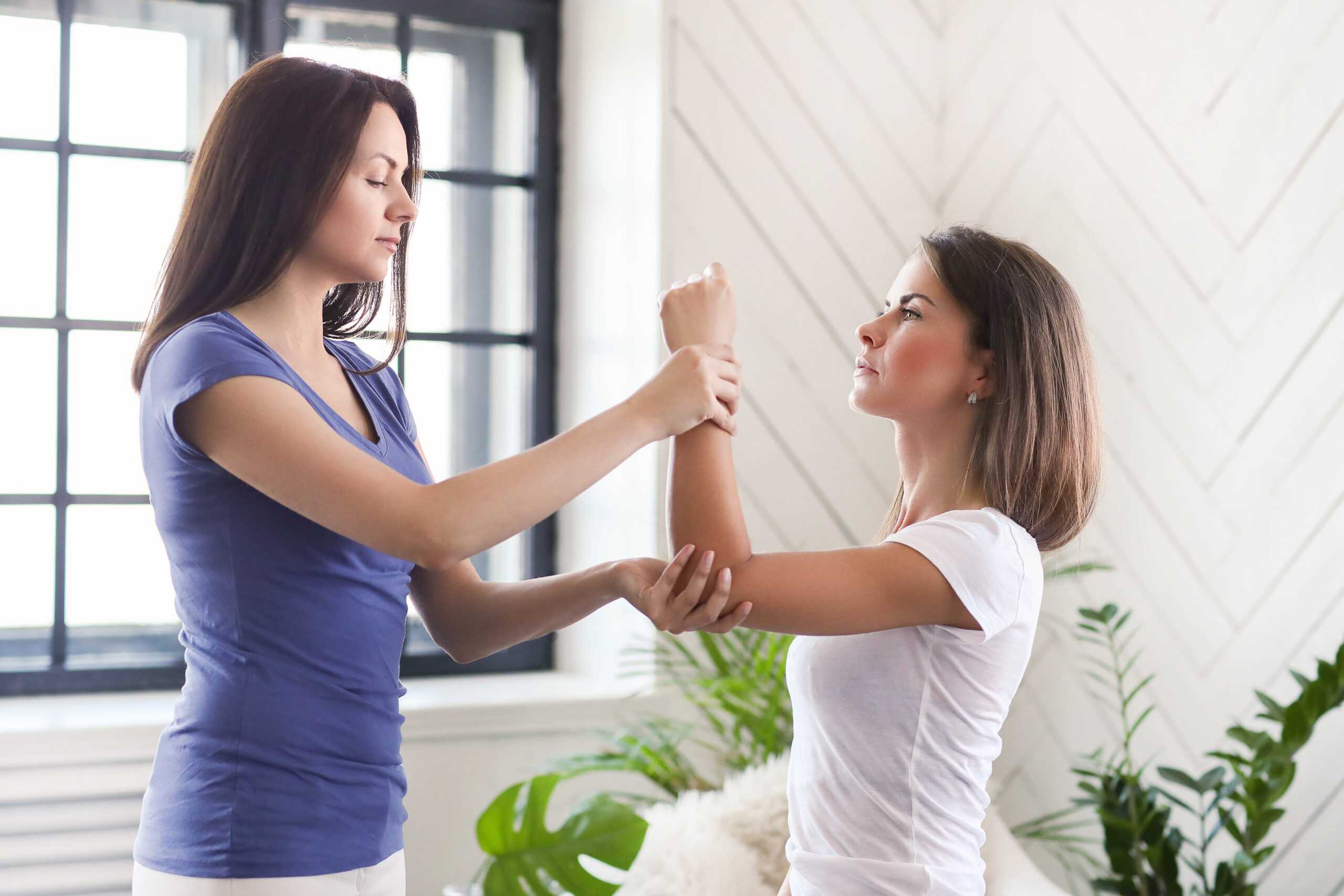
Upper limb rehabilitation is a specialized form of therapy that aims to restore the function of the upper extremities, which include the arms, shoulders, and hands. This type of rehabilitation is commonly used to help people who have suffered a stroke, spinal cord injury, traumatic brain injury, or any other condition that results in upper limb impairments.
The primary objective of upper limb rehabilitation is to help individuals recover their strength, range of motion, and functional abilities in their upper extremities. This, in turn, enables them to perform everyday activities such as dressing, grooming and eating. The therapy incorporates a range of interventions, including exercises and other techniques, which are customized to meet the individual's specific needs.
The upper limb is often significantly impacted by stroke, resulting in a range of impairments that can affect an individual's quality of life. These include:
- Weakness or paralysis: Stroke can cause weakness or paralysis in the upper limb, making it difficult to move or use the arm or hand.
- Spasticity: Some stroke survivors may experience spasticity, which is when the muscles in the upper limb become stiff and difficult to control.
- Contractures: Contractures can occur when the muscles and tendons in the upper limb become shortened and tight due to inactivity, causing the joints to become stiff and difficult to move.
- Loss of coordination: Stroke can cause a loss of coordination in the upper limb, making it difficult to perform tasks that require precise movements.
- Sensory deficits: Stroke can cause sensory deficits in the upper limb, making it difficult to feel or sense touch, temperature, or other sensations.
- Shoulder pain: Some stroke survivors may experience shoulder pain due to shoulder subluxation or other shoulder-related complications.
- Difficulty with activities of daily living (ADLs): Stroke survivors may have difficulty with ADLs such as dressing, bathing, grooming, and feeding due to upper limb impairments.
- Difficulty with fine motor tasks: Fine motor tasks such as writing, buttoning a shirt, or using utensils can be difficult for stroke survivors with upper limb impairments.
- Difficulty with gross motor tasks: Gross motor tasks such as lifting, carrying, or reaching can be difficult for stroke survivors with upper limb impairments.
- Difficulty with balance: Upper limb impairments can affect a stroke survivor's balance and stability, making it more difficult to walk or stand.
Why Choose Pelorus OT for Upper Limb Rehabilitation?
Pelorus OT is dedicated to providing exceptional care to individuals with upper limb impairments. Our commitment to excellence means that we go above and beyond to help our patients overcome their challenges. When you choose Pelorus OT for Upper Limb Rehabilitation, you can expect:
- Comprehensive assessment: Our occupational therapists will conduct a thorough assessment of the individual's upper limb function, including a range of motion, strength, sensation, and functional ability. This personalized assessment will allow us to develop a tailored treatment plan that meets the individual's specific needs and goals.
- Customized rehabilitation program: Based on the assessment, our occupational therapists will develop a rehabilitation program that may include various interventions, such as exercises, activities of daily living (ADL) training, manual therapy, electrical stimulation, and/or other techniques. Our focus is on meeting the individual's unique goals and needs.
- Improvement of fine motor skills: Our occupational therapists are trained to help individuals improve their fine motor skills, including grasping, manipulating objects, and using utensils. We utilize specialized techniques such as constraint-induced movement therapy, mirror therapy, or virtual reality therapy to enhance fine motor abilities.
- Management of upper limb spasticity: Our occupational therapists are experts in managing spasticity, a common complication after a stroke. We use techniques such as splinting, stretching, and functional electrical stimulation to help individuals manage spasticity and
perform functional activities. - Education and support: Our occupational therapists provide education and support to both the individual and their caregivers on how to manage and prevent complications, as well as strategies for maintaining functional abilities and independence. We strive to empower our patients and their support systems with the knowledge and tools they need to succeed.
If you or someone you care about requires upper limb rehabilitation, don't hesitate to reach out to Pelorus OT. Our team is committed to helping you regain your independence and enhance your overall well-being. Contact us today to get started on your personalized treatment plan.
